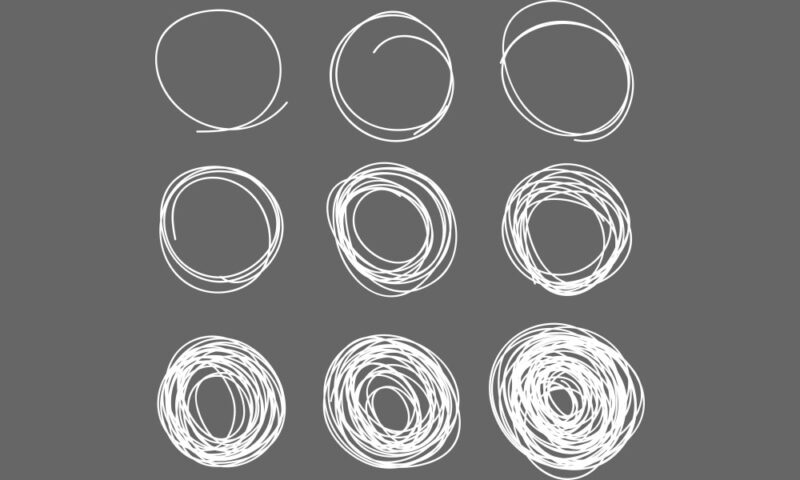
Anti-Burnout Challenge: How to Complete the Stress Cycle
On day three of our five-day exercise, shake off chronic stress by allowing your body to reach the natural end of the stress response.
This is Day 3 of our five-day anti-burnout challenge. Day 1 was about shutting down; Day 2 was about self-compassion. Check out Day 4, on remembering your purpose, here; and Day 5, on making connections, here.
Everyone knows that people are stressed out, and we often think of the remedy to stress as relaxation—having a beer after work, watching Netflix to get your mind off things, burying yourself in your phone on break.
But that’s not what we’re talking about today. Instead, we’re paving a path toward relaxation by calming the nervous system. That can mean “relaxation” in the sense of meditation or deep breathing. But doing something like watching TV still leaves your body with all the stress hormones you want to get rid of.
When our ancestors experienced a fight-or-flight response, their bodies had a clear end to the stress cycle: When they fought a flock of attacking birds or ran away from a lion, their bodies underwent not just the fear of the attack but the “release” of the fight or the flight. That release gave their bodies a distinct signal that the threat was over, ending the cycle and allowing them to return to a normal, non-stressed state.
The end-of-danger moment isn’t as clear in the modern day, as we stress often about non-life-threatening situations that linger (e.g., monthslong projects, deadlines weeks away, pandemic restrictions, etc.). As a result, we’re not reaching the natural end to the stress cycle, argue Dr. Emily Nagoski and Dr. Amelia Nagoski in their book, Burnout: The Secret to Unlocking the Stress Cycle.
Enter today’s anti-burnout challenge: Complete the stress cycle.
How to Complete the Stress Cycle
Completing the stress cycle is about using your body, not your mind, to activate the parasympathetic nervous system, which produces a feeling of calm. Strenuous exercise is a common—and highly effective—remedy here, but it’s not the only one. There are several other research-backed solutions, such as:
- Doing measured breathing exercises
- Going for a long walk
- Creating something artistic
- Getting a massage
- Having a laugh—or a good cry
- Showing physical affection and intimacy; a warm embrace, for example
If you do opt for exercise, remember that this isn’t the time to hop on the elliptical with a magazine—this is the time for serious sweat, though it doesn’t have to be a particularly long session.
Why You Should Complete the Stress Cycle
The benefits of relieving stress are almost innumerable, one of them being that you’re eliminating one of the primary causes of burnout. Simply put: When you complete the stress cycle, you’ll be happier and healthier, leaving you more energized and motivated to take on your work. When we tried this challenge ourselves, we found similar results. One person took up a dance class after work and noticed the benefits immediately: “I slept pretty well as a result.” Another person made it a point to work out in the evening instead of first thing in the morning.
“I’m going to try occasionally doing this workout at the end of the workday, because clearly it was effective in helping me shake off the stress of the day,” she said.
What was today’s challenge like for you? Share your experiences in the comments.
(Ieromin/iStock/Getty Images Plus)






Comments